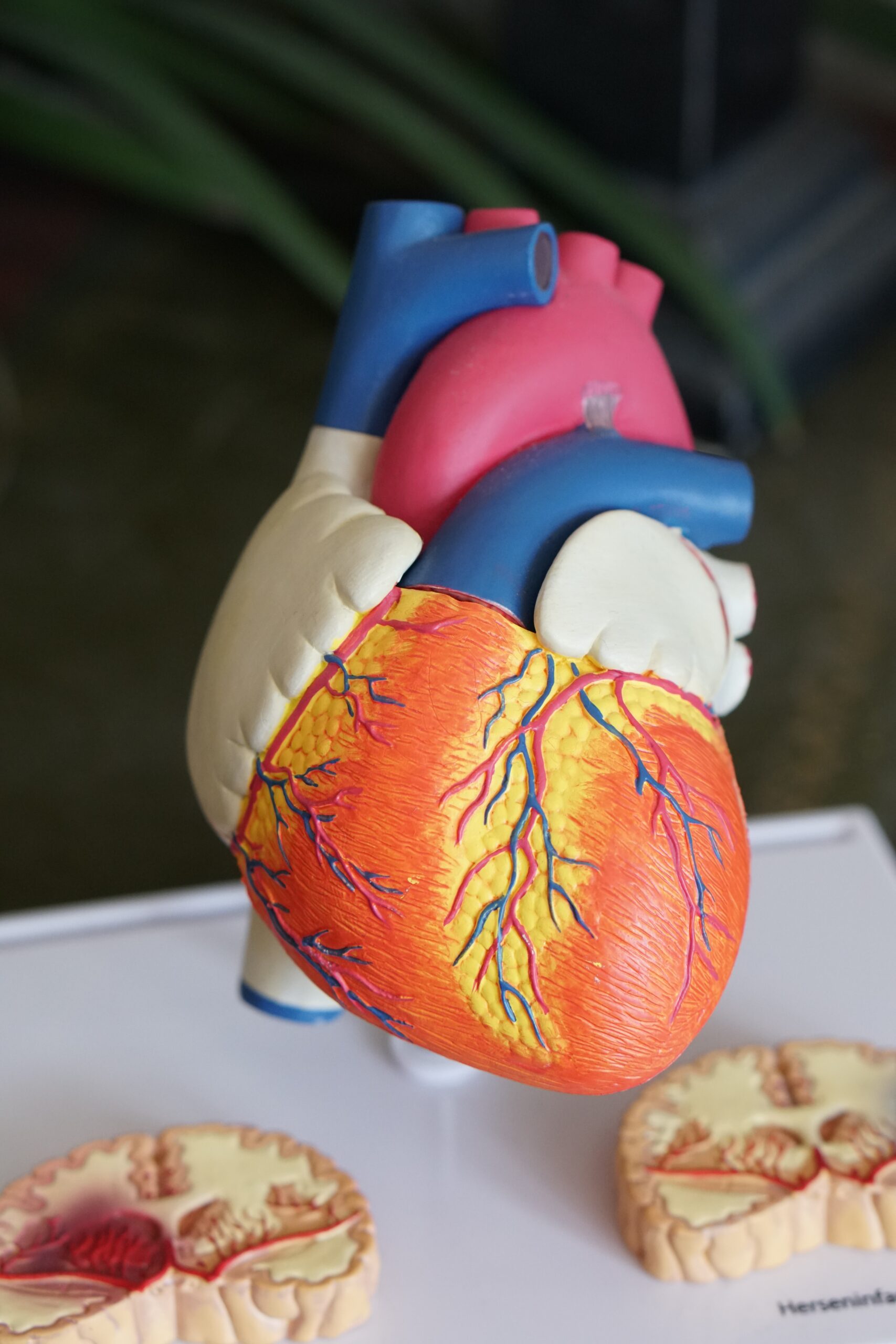Pre-Clinical Translational Biomedical Research Network

University of Bath: Tony Perry, Richard Gill
University of Bristol: Raimondo Ascione (PI)
Cardiff University: Chris Marshall, Derek Jones
University of Exeter: John Terry
Background
The Translational Biomedical Research Centre (TBRC) at the University of Bristol (UoB), along with the pre-clinical section of the PETIC centre at the University of Cardiff (UoC) offer a unique pipeline of pre-clinical research models and state-of-the-art equipment to over one hundred and fifty GW4 PIs via the Translational Biomedical Research Network Community. There are strong links between TBRC and PETIC. Key equipment (micro PET/CT scanner) is being shared with access regulated by collaboration agreement, and collaborative grant applications have been submitted.
Historically as little as 2% of fundamental scientific discoveries have progressed from th
e bench to the bedside. This is an issue of the UK system, with substantial research funding not being transformed into patient, societal, and economical benefits. We aim to boost the development of discoveries, and test their safety and efficacy in novel research facilities aligned to NHS, Home Office, and GLPMA standards, to facilitate their translation to the bedside.
We offer a unique pipeline of pre-clinical research models highly relevant to human disease and anatomy and state-of-the-art research equipment, with more than 150 biomedical scientists and experts. Via this community we will have a unique chance to work together to develop new therapeutic agents and devices to be tested as a final-step validation prior to first-in-man testing.
Project summary
The community used the initiator funds to consolidate the relationship between TBRC at Bristol and PETIC and CUBRIC at Cardiff, as well as engaging with other research groups at all GW4 institutes. Through a series of small meetings and events, the group planned and implemented a pilot study about predicting the occurrence of ischemic heart failure following acute myocardial infarction via bio-mathematical modelling – with collaboration across the GW4 institutes and additional funding through the University of Bath. The community has subsequently been very successful, publishing a number of papers and receiving grants for projects collaborating across the GW4 and with other UK universities.





